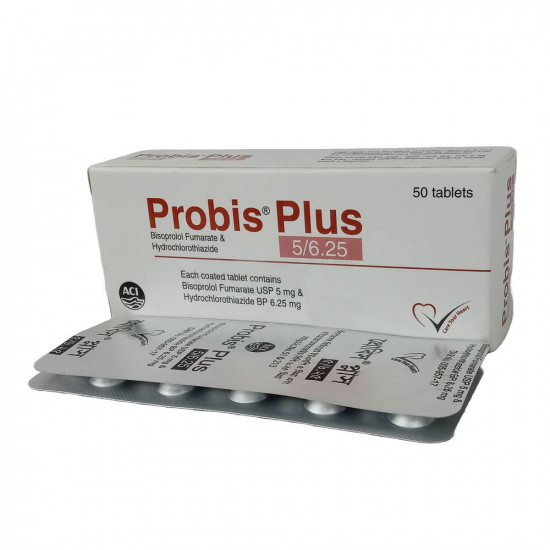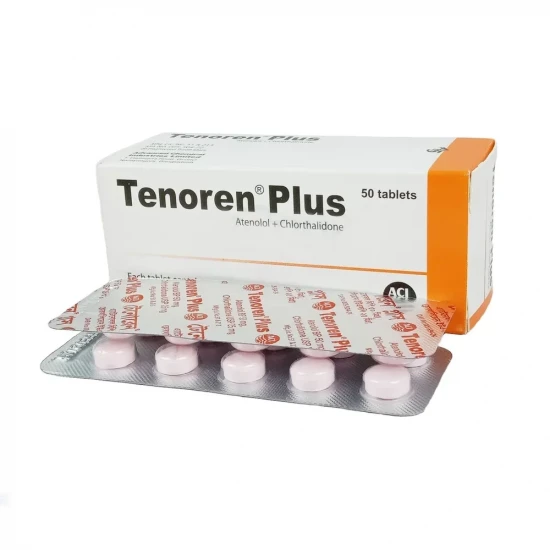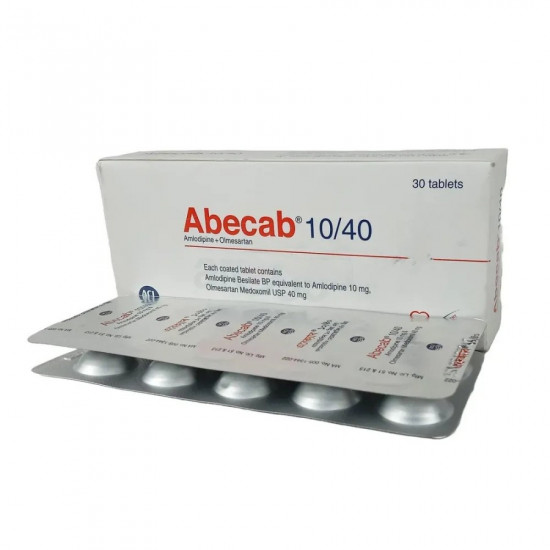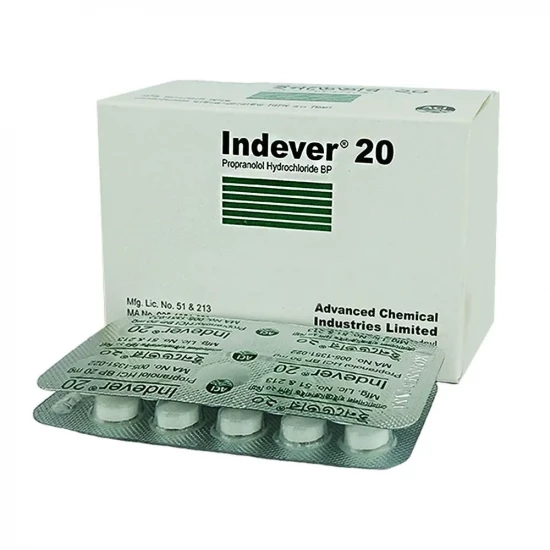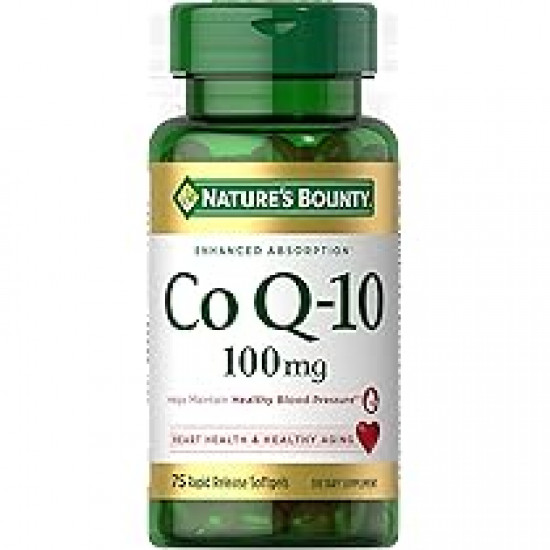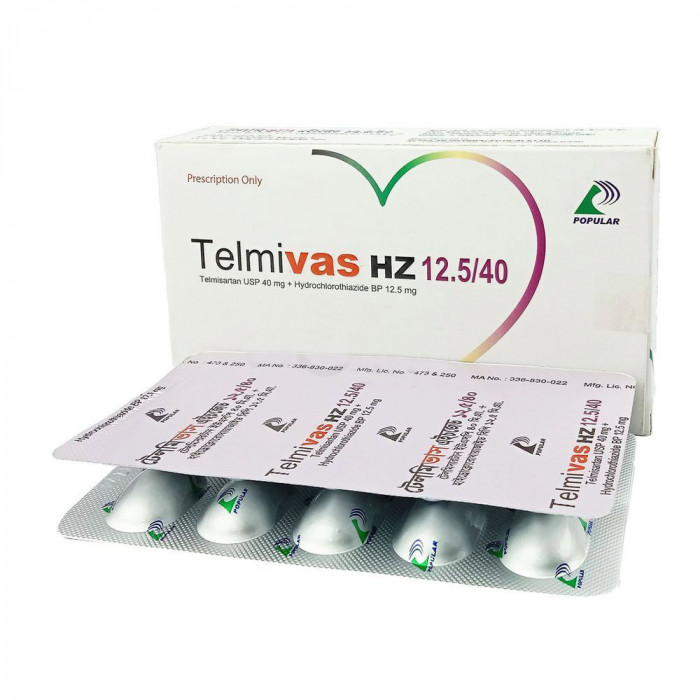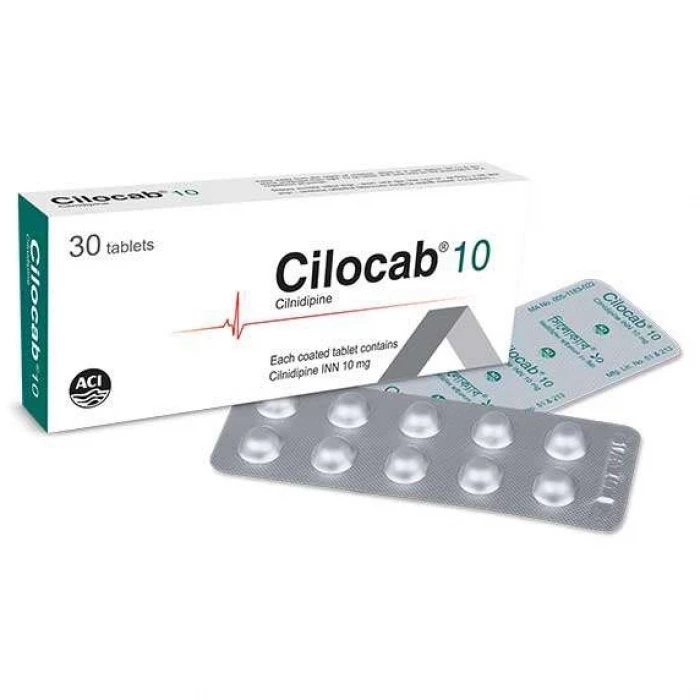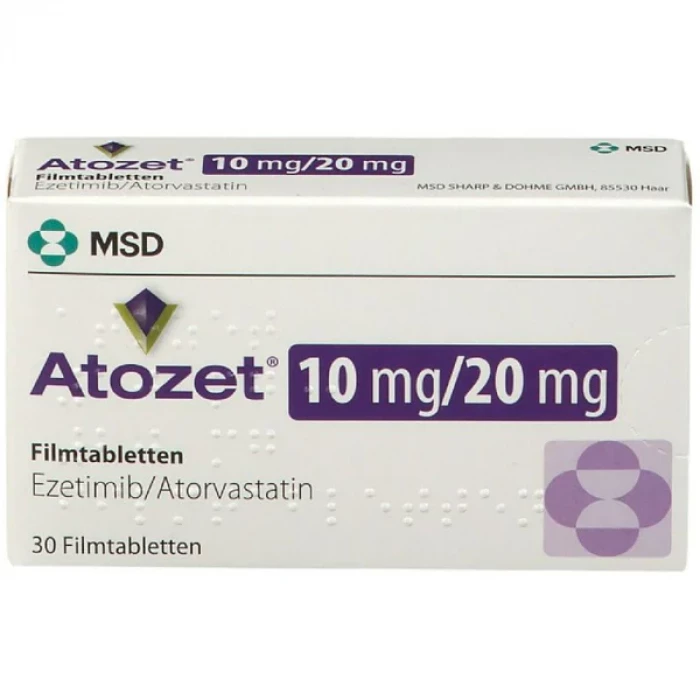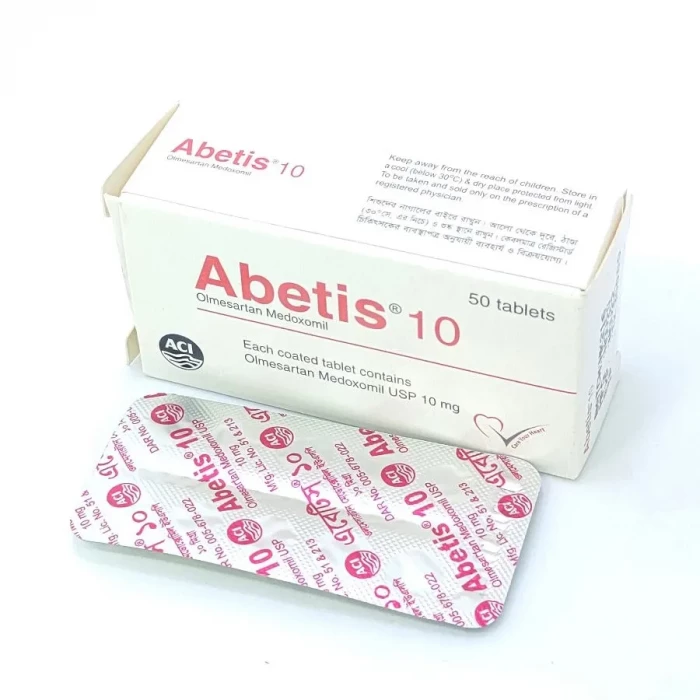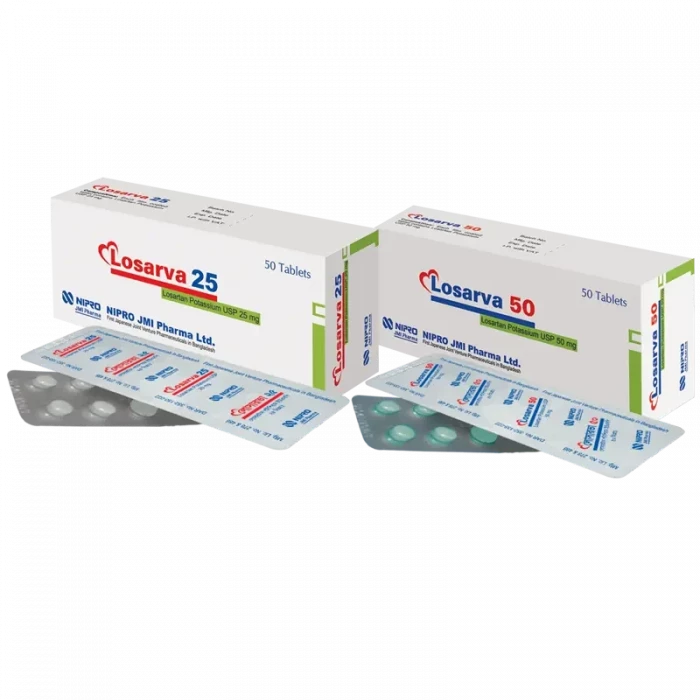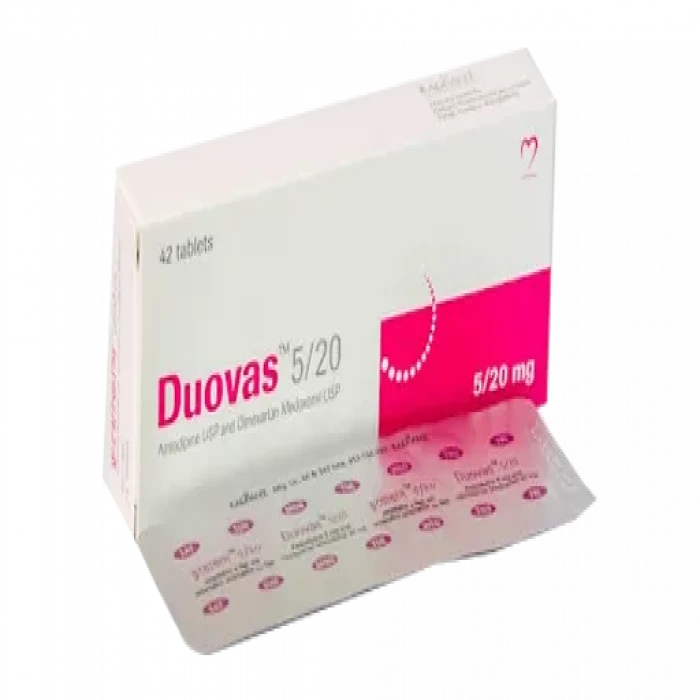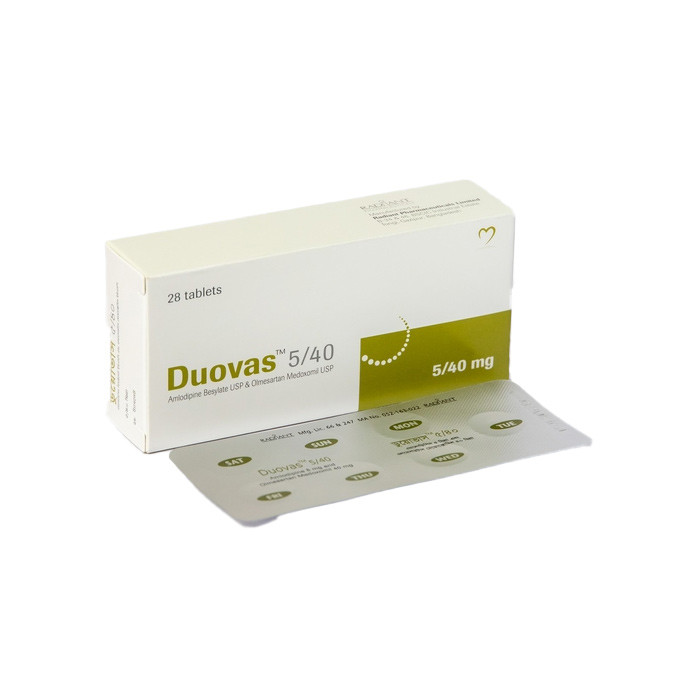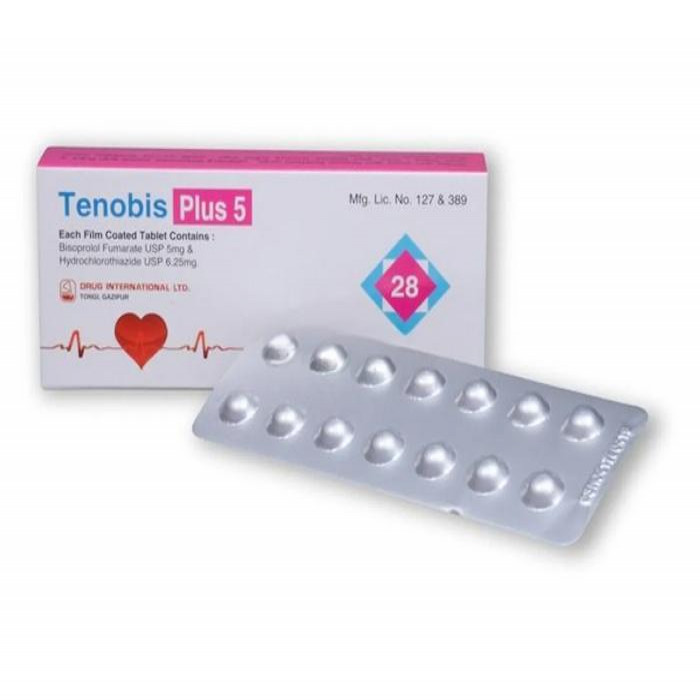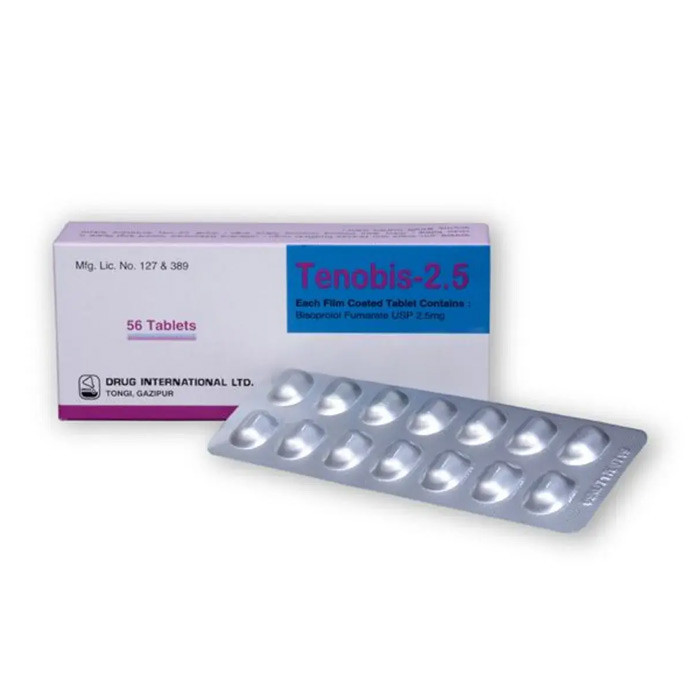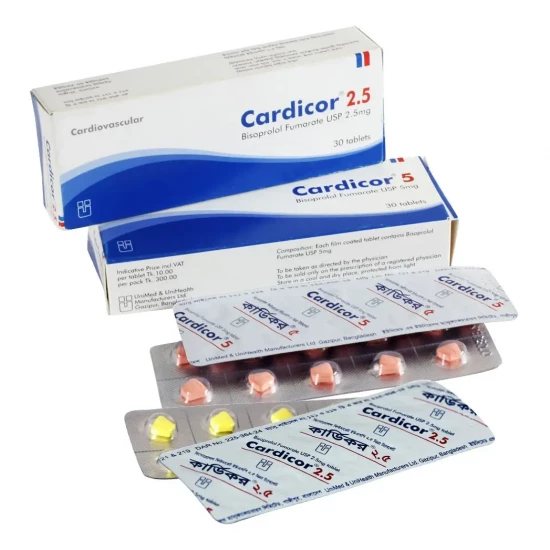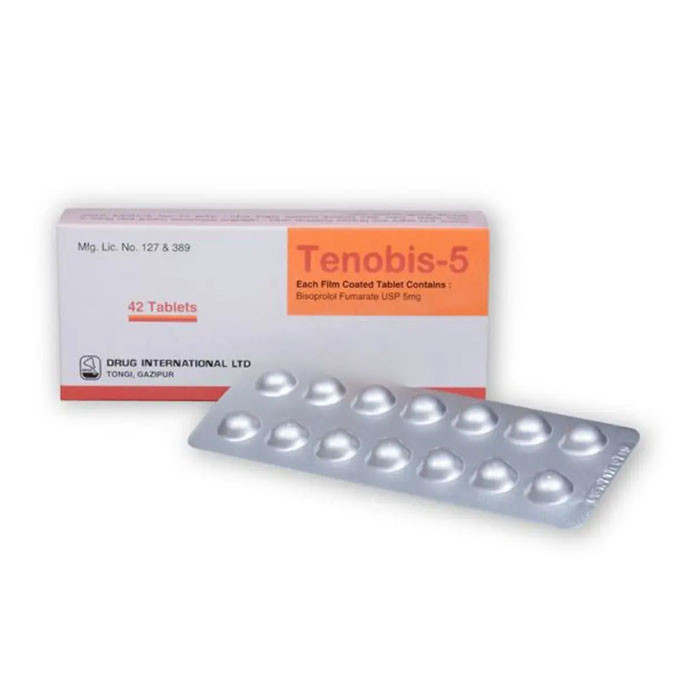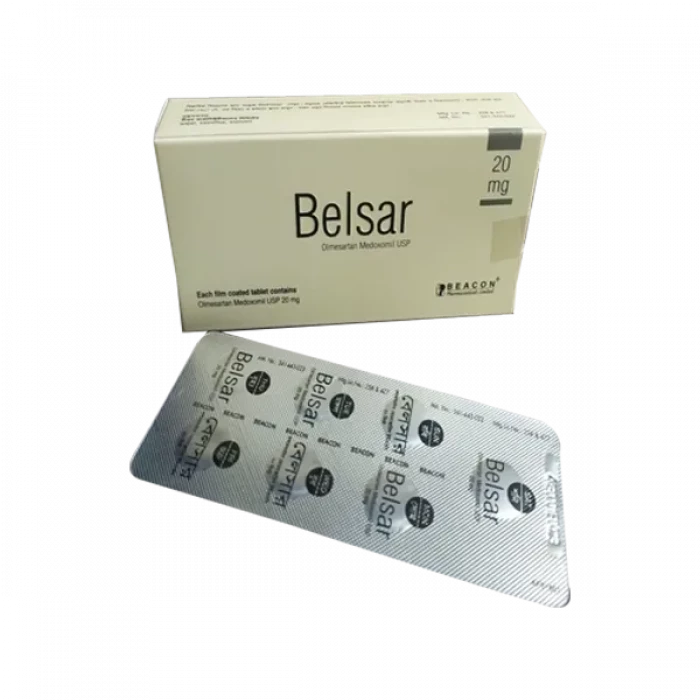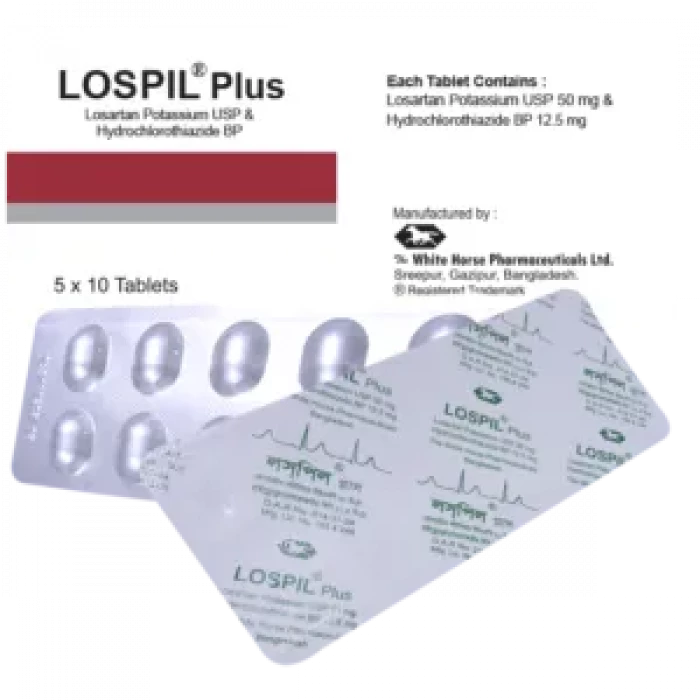
✔ 100% Authentic Product
👁️ Currently Viewing 1546
Lospil Plus Tablet 10Pcs
Tablet Manufacturer/Distributor: White Horse Pharma Generic Name: Hydrochlorothiazide 12.5 mg + Losartan Potassium 50 mg Tablet
Discount
Price: ৳ 76
MRP:
৳
80
5%
Off

100% Genuine Products, Guaranteed

Safe & Secure Payments, Always

Fast, Secure & Efficient Delivery

Proper Packaging
 Cash on Delivery - All over Bangladesh
Cash on Delivery - All over Bangladesh Regular Delivery - 12-24 Hours, Dhaka City* Charge Tk.39-59
Regular Delivery - 12-24 Hours, Dhaka City* Charge Tk.39-59 Regular Delivery - 24-48 Hours, Other Cities* Charge Tk.99-110
Regular Delivery - 24-48 Hours, Other Cities* Charge Tk.99-110
 ফ্রি ডেলিভারিঃ - ৯৯৯ টাকা+ অর্ডারে, ঢাকা
শহরে
ফ্রি ডেলিভারিঃ - ৯৯৯ টাকা+ অর্ডারে, ঢাকা
শহরে ফ্রি ডেলিভারিঃ - ২৯৯৯ টাকা+ অর্ডারে, ঢাকার
বাহিরে
ফ্রি ডেলিভারিঃ - ২৯৯৯ টাকা+ অর্ডারে, ঢাকার
বাহিরে
100% Genuine Products, Guaranteed
Safe & Secure Payments, Always
Fast, Secure & Efficient Delivery
Proper Packaging
 Cash on Delivery - All over Bangladesh
Cash on Delivery - All over Bangladesh Regular Delivery - 12-24 Hours, Dhaka City* Charge Tk.39-59
Regular Delivery - 12-24 Hours, Dhaka City* Charge Tk.39-59 Regular Delivery - 24-48 Hours, Other Cities* Charge Tk.99-110
Regular Delivery - 24-48 Hours, Other Cities* Charge Tk.99-110 ফ্রি ডেলিভারিঃ - ৯৯৯ টাকা+ অর্ডারে, ঢাকা
শহরে
ফ্রি ডেলিভারিঃ - ৯৯৯ টাকা+ অর্ডারে, ঢাকা
শহরে ফ্রি ডেলিভারিঃ - ২৯৯৯ টাকা+ অর্ডারে, ঢাকার
বাহিরে
ফ্রি ডেলিভারিঃ - ২৯৯৯ টাকা+ অর্ডারে, ঢাকার
বাহিরে
✅ Description:
Indications
This medication is used to treat hypertension. It's also used to lower the risk of stroke in those who have high blood pressure and left ventricular hypertrophy.
Pharmacology
Angiotensin II is a powerful vasoconstrictor, the principal vasoactive hormone of the renin-angiotensin system, and an important component in the pathophysiology of hypertension. It is generated from angiotensin I in a mechanism catalyzed by angiotensin converting enzyme (ACE).It also causes the adrenal cortex to secrete more aldosterone. Losartan and its main active metabolite limit angiotensin II's vasoconstrictor and aldosterone-secreting activities by specifically blocking angiotensin II's binding to the AT1 receptor, which is located in numerous tissues (e.g. vascular smooth muscle, adrenal gland). Losartan is a reversible, competitive AT1 receptor inhibitor, according to in vitro binding tests. Losartan and its active metabolite do not inhibit ACE (angiotensin-converting enzyme II, which converts angiotensin I to angiotensin II and degrades bradykinin), nor do they bind to or block other hormone receptors or ion channels known to be involved in cardiovascular reactivity.
A thiazide diuretic is hydrochlorothiazide. Thiazides impact the electrolyte reabsorption systems in the kidney tubules, increasing sodium and chloride excretion in almost equal proportions. Indirectly, Hydrochlorothiazide's diuretic action reduces plasma volume, resulting in increased plasma renin activity, increased Aldosterone secretion, increased urinary Potassium loss, and decreased serum Potassium. Because angiotensin II mediates the renin-aldosterone relationship, using an angiotensin II receptor antagonist with these diuretics helps to restore the potassium loss.
Dosage & Administration
Hypertension-
The usual starting dose of 50/12.5 is one tablet once daily.
For patients who do not respond adequately to one tablet the dosage may be increased to 100/25 once daily.
A patient whose blood pressure is not adequately controlled with Losartan 100 mg monotherapy may be switched to this combination 100/12.5 once daily.
In hypertensive patients with left ventricular hypertrophy initial dose is 50/12.5, if additional blood pressure reduction is needed, 100/12.5 may be given, followed by 100/25 if required. The maximum dose is 100/25 once daily.
In general, the antihypertensive effect is attained within three weeks after initiation of therapy.
No initial dosage adjustment of 50/12.5 is necessary for elderly patients. But maximum dose of 100/25 once daily dose should not be used as initial therapy in elderly patients.
Severe Hypertension:
The starting dose for initial treatment of severe hypertension is one tablet of 50/12.5 once daily.
For patients who do not respond adequately to this dose after 2 to 4 weeks of therapy, the dosage may be increased to 100/25 once daily. The maximum dose is one tablet of 100/25 once daily.Hypertension-
The usual starting dose of 50/12.5 is one tablet once daily.
For patients who do not respond adequately to one tablet the dosage may be increased to 100/25 once daily.
A patient whose blood pressure is not adequately controlled with Losartan 100 mg monotherapy may be switched to this combination 100/12.5 once daily.
In hypertensive patients with left ventricular hypertrophy initial dose is 50/12.5, if additional blood pressure reduction is needed, 100/12.5 may be given, followed by 100/25 if required. The maximum dose is 100/25 once daily.
In general, the antihypertensive effect is attained within three weeks after initiation of therapy.
No initial dosage adjustment of 50/12.5 is necessary for elderly patients. But maximum dose of 100/25 once daily dose should not be used as initial therapy in elderly patients.
The starting dose for initial treatment of severe hypertension is one tablet of 50/12.5 once daily.
For patients who do not respond adequately to this dose after 2 to 4 weeks of therapy, the dosage may be increased to 100/25 once daily. The maximum dose is one tablet of 100/25 once daily.
This preparation may be administered with other antihypertensive agents. This may be administered with or without food.
Interactions
Losartan Potassium: Interaction tests with Hydrochlorothiazide, Digoxin, Warfarin, Cimetidine, and Phenobarbital revealed no significant drug-drug pharmacokinetic interactions. Concomitant use of potassium-sparing diuretics (e.g. Spironolactone, Triamterene, Amiloride), potassium supplements, or salt replacements containing potassium might cause an increase in serum potassium, just as other medications that block angiotensin II or its effects. Losartan's antihypertensive impact, like that of other antihypertensive drugs, can be decreased by the nonsteroidal anti-inflammatory medication Indomethacin.
Alcohol, barbiturates, and narcotics may potentiate orthostatic hypotension when used along with Thiazide diuretics.
Antidiabetic medicines (oral agents and Insulin): antidiabetic drug dosage may need to be adjusted.
Other antihypertensive drugs: potentiation or additive effect
Cholestyramine with colestipol resins: Hydrochlorothiazide absorption is hampered when anionic exchange resins are present.
Contraindications
The combination of Losartan and Hydrochlorothiazide is contraindicated in patients who are hypersensitive to any component of this product. Because of the Hydrochlorothiazide component, this product is contraindicated in patients with anuria or hypersensitivity to other sulfonamide-derived drugs.
Side-Effects
The majority of side effects are minor. Patients with intravascular volume loss may have symptomatic hypotension, including dizziness (e.g. those taking high-dose diuretics).Angioedema has been seen with various angiotensin-II receptor antagonists, as well as hyperkalemia. Angina, palpitation, oedema, dyspnea, headache, sleep disorders, malaise, urticaria, pruritus, rash; hepatitis, atrial fibrillation, cerebrovascular accident, syncope, paraesthesia; also reported pancreatitis, anaphylaxis, cough, depression, erectile dysfunction, anaemia, thrombocytopenia, hyponatraemia, arthralgia (including Henoch-Schonlein purpura)
Pregnancy & Lactation
Unless absolutely necessary, angiotensin-II receptor antagonists should be avoided during pregnancy. They have been linked to prenatal and newborn blood pressure management and renal function, as well as skull abnormalities and oligohy dramnios. There is a scarcity of information on the use of angiotensin-II receptor antagonists during breastfeeding. They are not indicated while nursing, and there are alternative therapy choices with better-established safety information.
Precautions & Warnings
Angioedema: hypersensitivity
At regular intervals, serum electrolyte measurement should be performed to detect probable electrolyte imbalance.
Hypokalemia is an uncommon complication that can occur with brisk diuresis, severe cirrhosis, or long-term medication.
Renal impairment and symptomatic hypotension
Therapeutic Class
Combined antihypertensive preparations
Storage Conditions
Do not store at temperatures above 30°C. Keep out of children's reach.
⚠️Disclaimer:
At ePharma, we’re committed to providing accurate and accessible health information. However, all content is intended for informational purposes only and should not replace medical advice from a qualified physician. Please consult your healthcare provider for personalized guidance. We aim to support, not substitute, the doctor-patient relationship.




